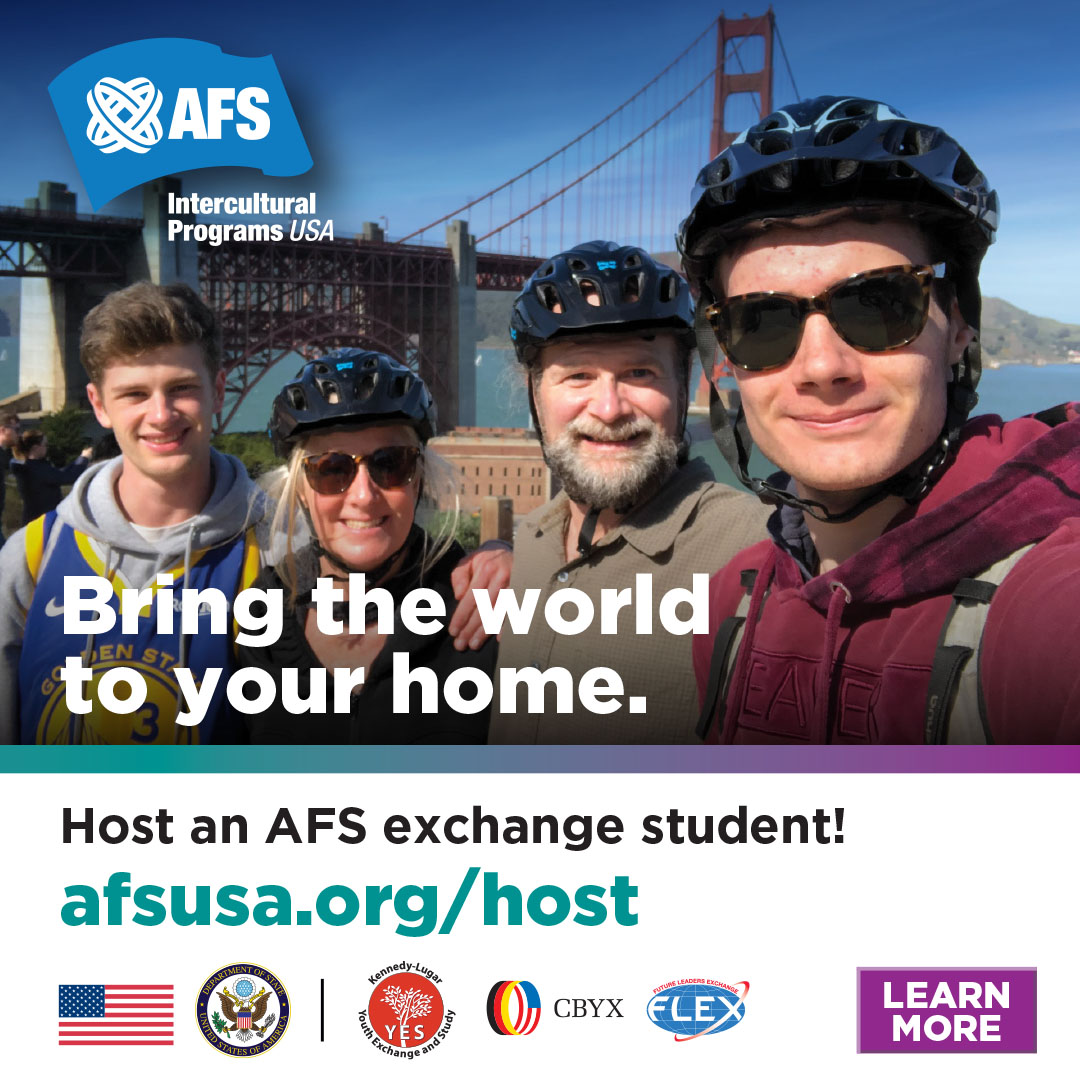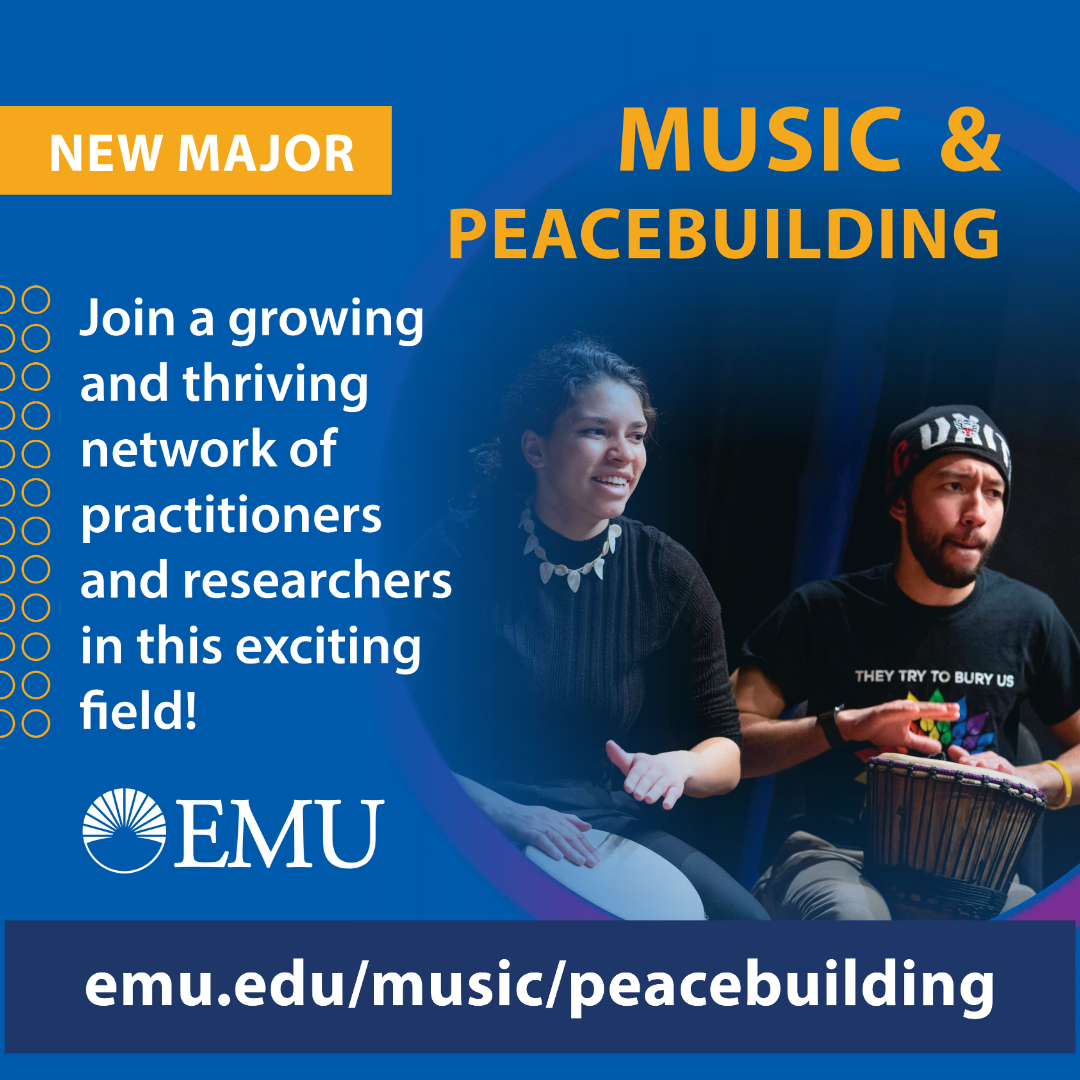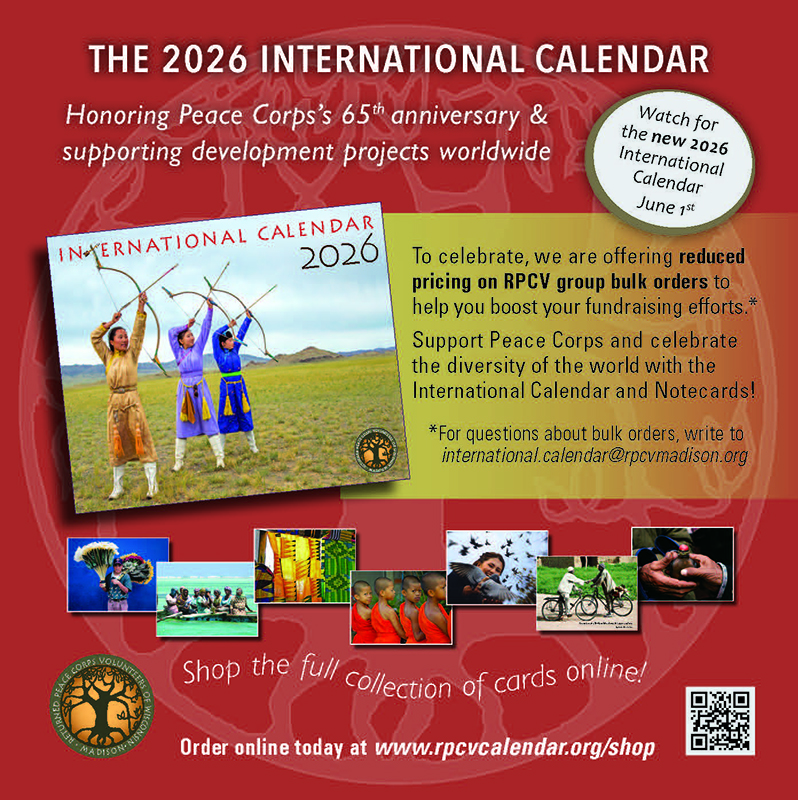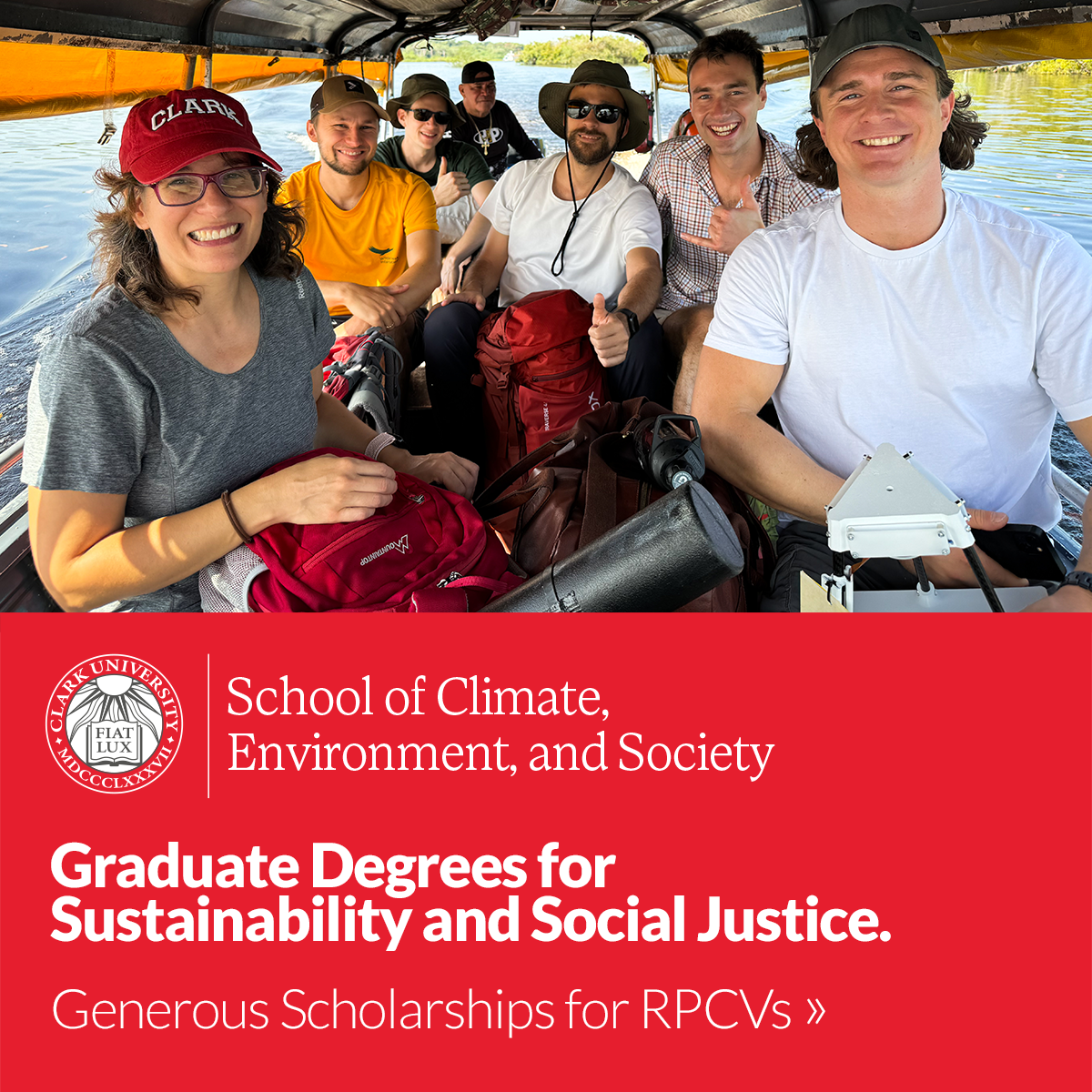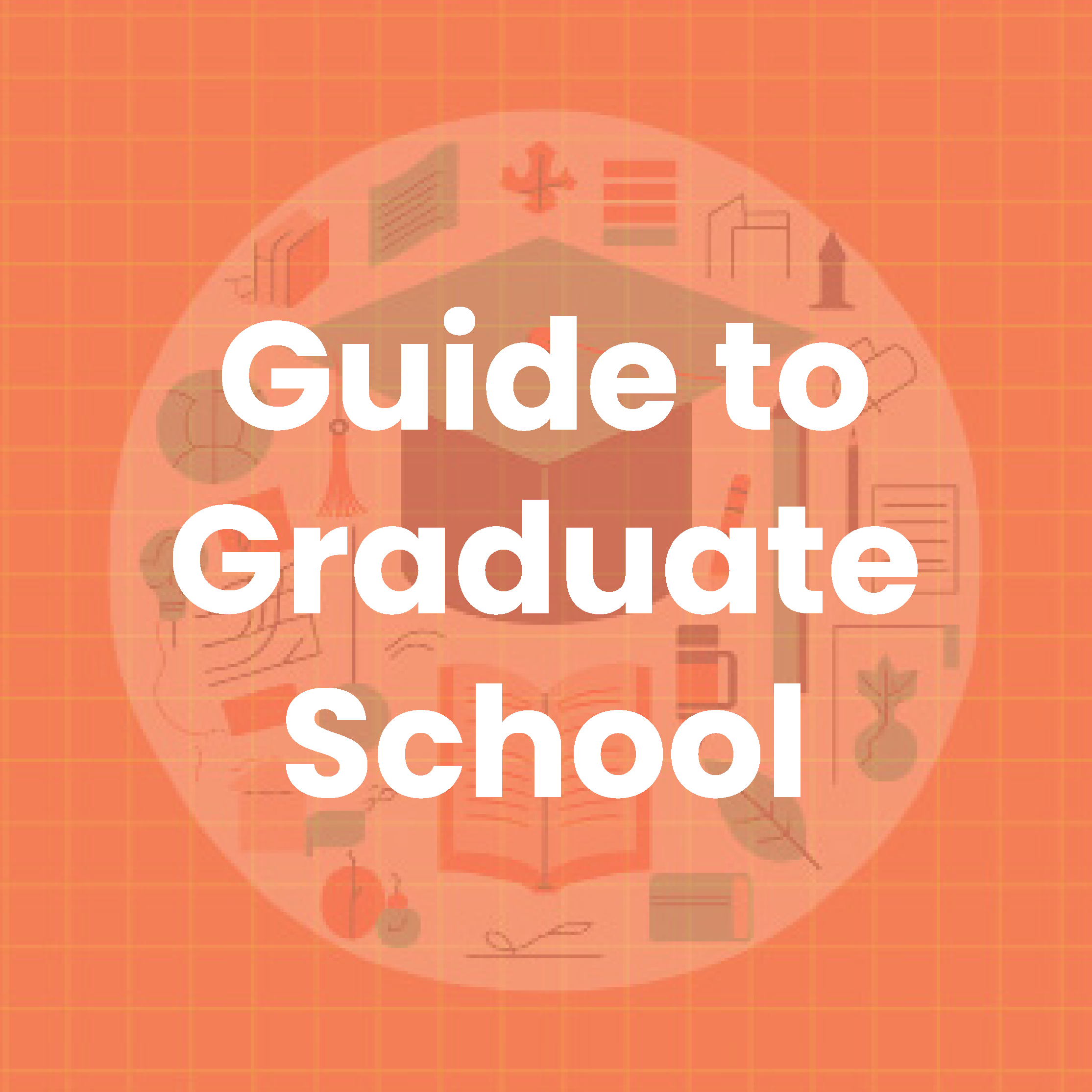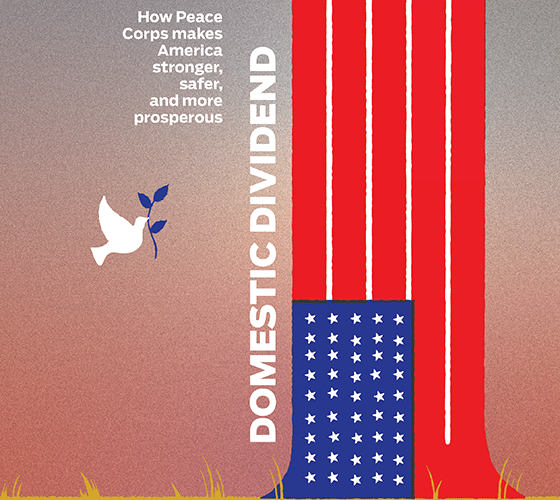
Spring/Summer 2025 Issue
How Peace Corps makes America stronger, safer, and more prosperous
As budget debates churn and partisan fault lines widen around the role of the American government, the fate of federal programs dedicated to foreign aid, national service—and yes, even peace—hangs in a precarious balance. In an era of accelerated austerity, when the Department of Government Efficiency (DOGE) seeks to remold public priorities with little nuance or precision, Peace Corps lives on (for now) with fewer resources, little fanfare, and an outsized return.
Often cast in the long shadow of its 1960s origin story—idealism in a moment of upheaval, John F. Kennedy’s call to service, Sargent Shriver’s boundless energy—Peace Corps is too often dismissed as a relic of another age. Yet it remains one of the few American institutions whose legacy has not only endured but deepened, quietly producing nearly 250,000 alumni over more than 60 years. It has become a lauded American export, replicated both within and beyond our borders, and recognized as the gold standard of volunteer service programs. But the lasting impact of Peace Corps may be found not in the fields of Ghana or the classrooms of Nepal, but here at home.
Returned Volunteers don’t always make headlines. Yet they populate the civic landscape of the United States in disproportionate numbers. They are educators, health care workers, entrepreneurs, nonprofit founders, public defenders, and state legislators. They do not arrive home with trumpets. But they dig in and continue to serve. This contribution—what Shriver liked to call the “domestic dividend” of Peace Corps—was intentional, and it is under threat. At this moment, when national cohesion is crumbling and civic trust continues to slowly erode, it is worth pausing to consider the return Peace Corps provides for America. Where else can the federal government invest so modestly and yield so much?
The answer is: nowhere.
The special section of WorldView that follows is not a self-aggrandizing exercise in nostalgia, nor a celebration of youthful adventure. It is, instead, acknowledgment of the proven economic, civic, and practical benefits of a program that makes America stronger, safer, and more prosperous. That is Peace Corps’ quiet power. And that is what’s at stake.
Robert Nolan (Zimbabwe 1997–99) is Editor-in-Chief, WorldView
Related Articles
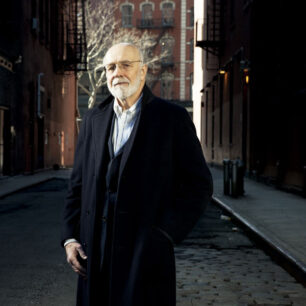
Made in America
Charlie Clifford (Peru 1967–69) is the founder of Tumi Inc., a global travel luggage brand, as well as Roam Luggage.…
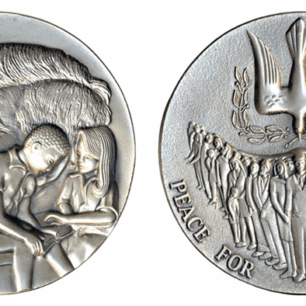
Return on Investment
As federal funding for international aid and cultural exchange programs continues to shrink, policymakers are increasingly asking whether these initiatives…
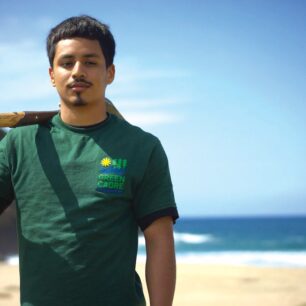
“Bigger Than Peace Corps”
California Service Corps is the largest state-based service program in the U.S. , with more than 10,000 volunteers across the…
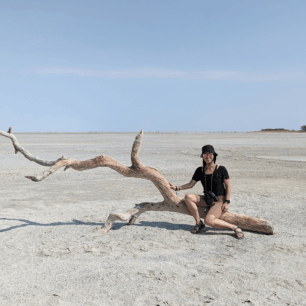
Signal Boost
The digital world is awash in voices seeking monetary reward or improved social status, as the online acronym goes, IRL…

